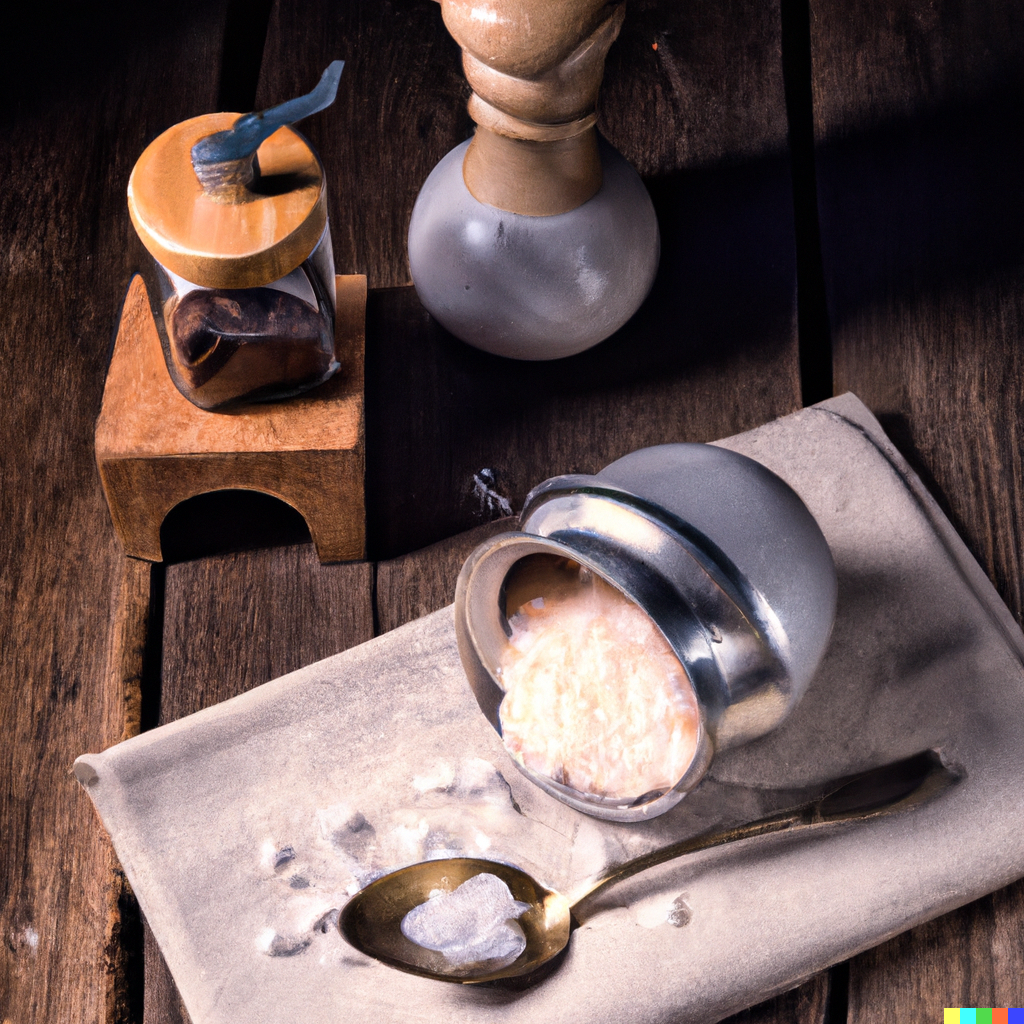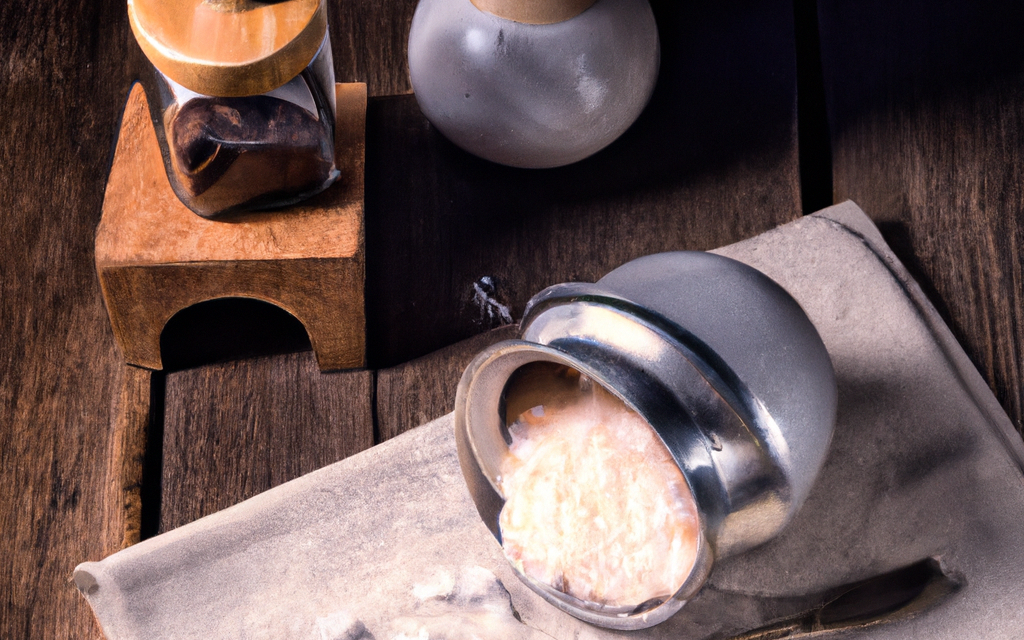
According to a study published in the journal Nature Portfolio, the average daily salt consumption for an Indian is 8 grams, exceeding the recommended limit of 5 grams. This research was based on a sample survey conducted as part of the National NCD (Non-Communicable Diseases) Monitoring Survey, which involved monitoring urinary sodium levels (a crucial component of salt) in 3,000 adults. The estimation of salt intake was determined using a standardized global formula.
The study revealed that all adults, regardless of their sociodemographic profiles, exhibited higher-than-recommended salt intake. Further analysis demonstrated that men had a higher daily salt intake (8.9 grams) compared to women (7.9 grams). Similarly, employed individuals (8.6 grams), current tobacco users (8.3 grams), obese individuals (9.2 grams), and those with elevated blood pressure (8.5 grams) were found to have higher salt consumption compared to the unemployed, non-tobacco users, non-obese individuals, and those with normal blood pressure.
A diet rich in sodium, a primary component of common salt consumed in our daily diet, is known to elevate the risk of hypertension or high blood pressure. This can potentially lead to heart attacks and strokes. Dr. Prashant Mathur, the director of ICMR-National Centre for Disease Informatics and Research, who led the study, emphasized that a universal reduction of at least 1.2 grams of dietary sodium per day could result in a 50% reduction in the proportion of individuals requiring antihypertensive treatment. He also stressed the importance of raising awareness about the adverse health effects of excessive salt consumption and the necessity for effective policy interventions, including proper food labeling and regulation of sodium levels in commercially prepared dietary products.











